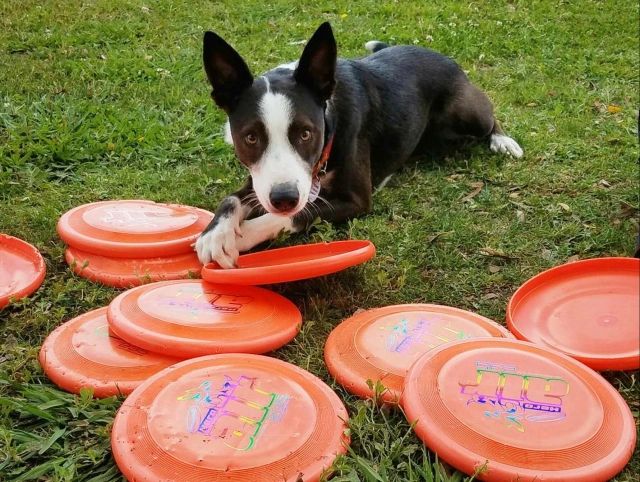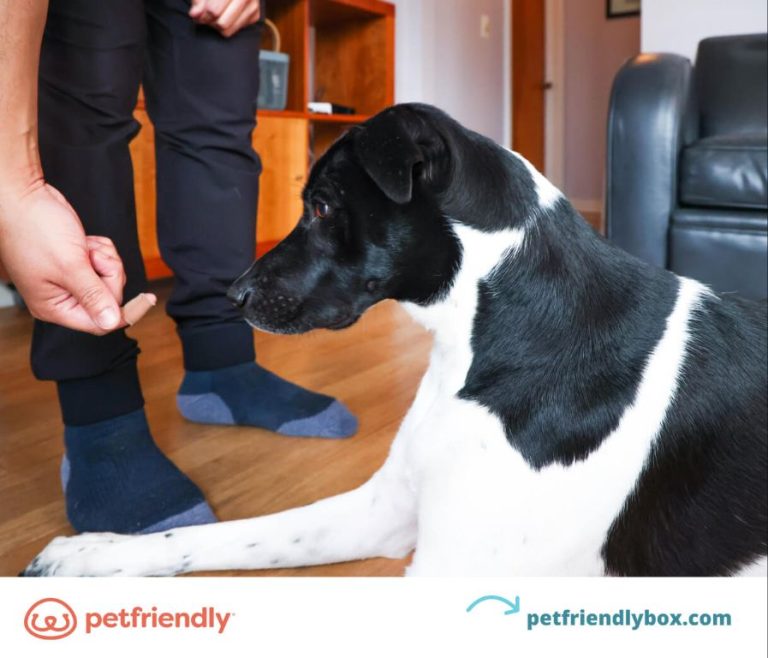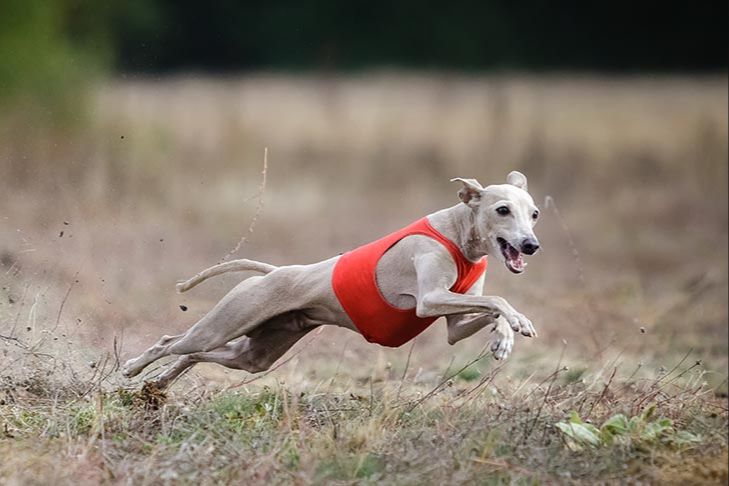Park Bench Training: Urban Obedience Challenges
Park Bench Training refers to informal obedience training done with a dog in everyday environments, rather than a structured training facility. It gets its name from a common urban location – a park bench – where many pet owners will practice basic obedience skills like sit, stay, and recall with their dogs. The philosophy is that real-life practice in areas with distractions will improve a dog’s focus and response in those situations.
Urban obedience challenges refer to the unique difficulties that come with training a dog in a busy city environment. Common issues include dealing with city noises, walking past other people and dogs, ignoring food on the ground, and maintaining focus with increased stimulation. Park bench training provides an opportunity to encounter and overcome these challenges through repeated practice. The goal is to have a city dog that is well-behaved, obedient, and unphased by the bustling surroundings.
History
Park bench training originated in the early 20th century as a way for athletes and fitness enthusiasts to get a full-body workout using just a park bench. According to the book “Old School Calisthenics” by Logan Christopher, using park benches for exercise first became popular among gymnasts who practiced their moves at local parks. The simplicity of using an ordinary park bench appealed to people looking for an affordable and accessible way to build strength and body control.
The popularity of park bench training grew over the decades, especially among wrestlers, gymnasts, and calisthenics athletes. Coaches and trainers realized the versatility of the park bench for doing pushes, pulls, leg raises, and other bodyweight exercises. As more people embraced outdoor fitness in the 1970s, park bench workouts became a staple training method. Today, park bench training is common among CrossFit athletes, military personnel, and regular fitness enthusiasts looking to maximize their workouts with minimal equipment.
Benefits
Park bench training provides numerous benefits for dogs and their owners. One major benefit is increased socialization. Sitting on park benches exposes dogs to people, dogs, and activity going on around them. This helps dogs develop good manners and become more comfortable in busy environments. According to an article on GameTime, park benches allow for community engagement and passive socialization (https://www.gametime.com/news/the-value-of-a-place-to-sit).
In addition, park bench training helps build dogs’ people and dog watching skills. As dogs observe activity around them from the secured position of a bench, they learn to pay attention to their owner instead of reacting to every sight and sound. This teaches impulse control. An article by Shape notes that working out on park benches develops focus and discipline in both owners and dogs (https://www.shape.com/fitness/workouts/outdoor-workout-tone-every-inch-park-bench).
Equipment Needed
Urban obedience training for dogs requires only minimal equipment. The most essential pieces are a collar or harness, leash, treats, and an optional place command mat. Here is an overview of the key equipment needed:
A proper-fitting collar or harness is crucial to maintain control of your dog during park bench training. Choose a collar or harness based on your dog’s size and temperament. Make sure it is adjusted for a snug but comfortable fit. For very strong pullers, a front-clip harness often works best.
A sturdy 6-foot leash is recommended. Retractable leashes do not provide enough control for park bench obedience training. Choose a leash that is easy to grip and made of durable material like nylon. The leash should be long enough to provide some freedom but short enough to maintain control.
Bring along highly motivating treats to reward your dog during training. Soft treats that can be chewed and swallowed quickly work best. Cut or break treats into pea-sized pieces to use as rewards throughout each exercise. Keep treats in a treat pouch or easily accessible pocket.
A place command mat is optional but can be very helpful for skills like sit, down, and stay. The mat provides a visual cue for where you want your dog to go. Any small portable mat, towel or blanket can be used. Just make sure it’s not too slippery.
Location Tips
When first starting park bench training, it’s best to choose locations with light foot traffic initially so there are fewer distractions for your dog. Look for benches situated near the edges of the park rather than right in the middle of a busy path. You’ll also want to position yourself and your dog so that you are facing into the park rather than with your back to it. This allows your dog to observe the park environment while remaining focused on you and the training exercises.1
Start with short 5-10 minute training sessions on the bench and gradually work up to longer periods as your dog becomes accustomed to the environment. Always be aware of your surroundings and if the area becomes busy, wrap up the session and find a quieter spot. With repetition, your dog will generalize the obedience skills to busier areas.
Training Curriculum
The training curriculum for park bench obedience focuses on gradually increasing the duration and difficulty of exercises. It’s important to start by introducing the equipment like the bench, leash, and treats. Get the dog comfortable being on the bench and rewarding calm behavior (Park Bench Outline). Use the “place” command to have the dog sit or lie down on the bench, providing treats and praise. Slowly increase the duration of staying on the bench before rewarding. Practice basic obedience like sit, stay, down on the bench. As the dog masters the basics, add distractions like toys or people walking by. Advanced exercises include longer durations of stays, heel and side-stepping on the bench, and jumping on and off.
The key is to start easy, reward calmness, and slowly increase duration and difficulty. Be patient and keep sessions short to avoid frustration. End on a positive note. With consistency, the park bench can build confidence and obedience.
Common Challenges
Training a dog in an urban park environment comes with some unique challenges not found in more controlled settings. Here are some of the most common challenges owners face when doing park bench training:
Distractions
Parks can be filled with sights, sounds, and smells that easily distract dogs from focusing on their owners. Things like squirrels, joggers, bikes, other dogs, and food can all divert a dog’s attention during training. It’s important to start park bench training in less busy areas and work up to high distraction areas slowly.
Reactivity
Some dogs may become reactive and overexcited by all the stimuli at a park. They may bark, lunge, or pull towards things. Owners need to be able to recognize their dog’s body language signals and intervene before reactivity occurs. Staying calm and using positive reinforcement is key.
Arousal
The stimulating environment can cause some dogs to become overly aroused and hyper. It’s important to make sure the dog is getting adequate exercise before training so they don’t have pent up energy. Owners should watch for signs of overarousal like jumping, mouthing, and play bowing, and take breaks as needed.
Greeting people
Parks are filled with people which can be challenging for dogs learning not to greet everyone. Owners should avoid congested areas at first and ask people not to engage with their dog during training. Having tasty treats on hand to reward calm behavior is helpful.
Troubleshooting
If your dog is having trouble mastering urban obedience training on a park bench, there are some strategies you can try to get back on track (How To Access the Masterclass Training):
Use Higher Value Rewards
Dogs are highly motivated by food rewards during training. If your dog seems uninterested in their regular treats, try utilizing a higher value reward like small pieces of chicken, cheese, or hot dogs. The smellier and tastier the reward, the more motivated your dog will be to perform the desired behaviors.
Change Locations
If your dog is having trouble focusing at a busy park, move the training session to a quieter location with fewer distractions until your dog masters the skills. Then gradually work up to busier areas again. Sometimes backing up the training location can help reinforce the behaviors.
Use Desensitization Techniques
If your dog is fearful or overstimulated by the urban setting, do some desensitization training first. Start with short, positive sessions sitting on a park bench and reward calm behavior. Slowly increase the difficulty and distractions as your dog learns to remain relaxed.
With patience and consistency using these troubleshooting tips, you can get your dog’s park bench training back on track for urban obedience success.
Advanced Exercises
Once your dog has mastered the basic obedience exercises on park benches, you can start to challenge them with more advanced skills (cite1). These exercises will test their impulse control, focus, and agility while keeping them mentally and physically stimulated.
One great advanced skill to practice is heeling past park benches. Start with an empty bench and walk your dog past it several times, rewarding for keeping focus on you. Gradually add more distraction by having someone sit on the bench, or placing treats on the bench as you walk by (cite2). Only reward your dog for ignoring the bench and person.
You can also work on off-leash obedience around benches. Practice long sits, downs, and recalls when your dog is a few feet from an empty bench at first. Slowly increase the difficulty by adding people and distractions at the bench. Always reward great focus and impulse control.
Lastly, consider setting up agility obstacles like cavalettis or jumps using benches. Have your dog weave, jump over or trot between benches set a few feet apart. Start low and slow, then increase speed and height as they build confidence. This challenges their coordination and fitness.
Conclusion
In conclusion, park bench training can be an effective and convenient way to train your dog’s obedience skills. However, it requires patience and consistent practice in order for your dog to generalize the commands to other contexts. Throughout this article, we covered the main benefits of park bench training, including building impulse control, practicing stays and recalls, and socializing your dog. We also outlined the basic equipment needed, tips for choosing a good location, a sample training curriculum, common challenges owners face, and troubleshooting advice. Park bench training allows you to work on key obedience skills without needing access to specialized equipment or facilities. As with any dog training method, be sure to use positive reinforcement and make sessions fun and engaging for your dog. With time and consistency, park bench training can help instill solid obedience skills that will serve you and your dog well in everyday life.
The keys are being patient during the process, tracking your progress through a training journal, and sticking to brief, engaging sessions that end on a positive note. As your dog masters each skill, raise criteria gradually by adding distractions or distance. Celebrate successes and keep a sense of humor with any setbacks. With regular practice on the park bench, you can build your dog’s impulse control, stays, focus, and more – all while getting fresh air and bonding time. Park bench training is a flexible, rewarding way to reinforce important obedience skills.





